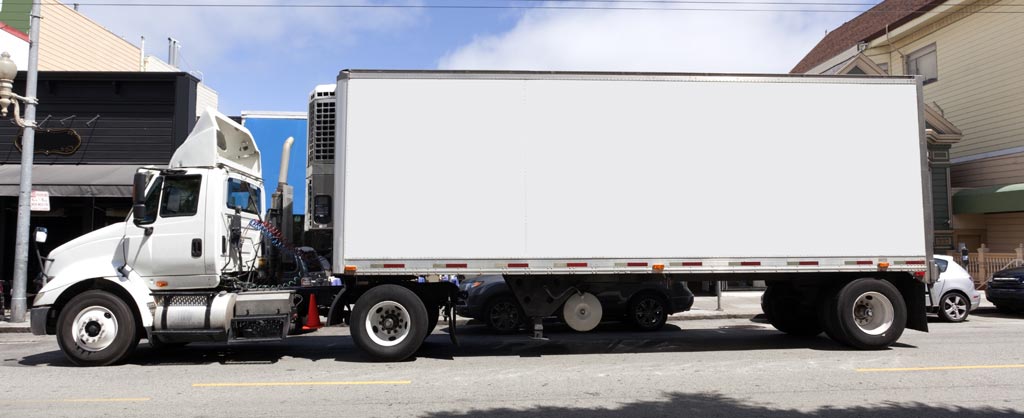
Contributed by James Cooke, ReposiTrak Marketing Manager
A food retail supplier doesn’t have to set up its own website and fulfillment operation to become a “virtual retailer.” By gaining visibility into store sales and taking direct control over store replenishment, the supplier can use its existing retail channels to become a virtual retailer and increase sales.
When a supplier ships its product into a retailer’s distribution center (DC), it hands off responsibility for individual store replenishment and sales management to the retailer. In doing so, it’s putting trust into the retailer to provide notification of demand surges and inventory shortages, so the product is always available for sale to the consumer at a specific store.
Given the fact that the retailers have reduced their staffs in recent years, it’s no wonder that a supplier’s products get lost in the shuffle. The retailer is simply not in the position to give the individual attention that each supplier’s products may require. As a result, the supplier’s sales suffer.
What’s the solution? A supplier has to take charge of the retail inventory and sales pipeline. To implement this approach, a supplier needs visibility into the individual store sales and inventory balances at each retail outlet. That information can be obtained by receiving point-of-sale (POS) store data on a regular basis from the retailer. The POS data will also provide the basis for payment to the supplier as the retailer does not buy the product outright when the supplier takes this approach.
But visibility is just the first step to becoming a virtual retailer. A supplier has to bypass the DC and ship products direct to the store. Taking charge of store shipments enables the supplier to ensure product availability for steady sales, make adjustments to store deliveries to prevent out-of-stocks, and optimize store inventory placement to avoid overstocks.
Although transportation costs do go up, the increased sales from exerting direct control justify the logistics expense as suppliers gain responsiveness when it comes to managing new product introductions, events, and promotions and addressing out-of-stock situations before they occur. With direct control, the supplier is now in the position to adjust replenishment quantities and store deliveries to support those campaigns and avoid out-of-stocks. In ReposiTrak’s experience, suppliers doing direct store delivery on the basis of store inventory and sales reports have been able to reduce their out-of-stocks an average of 40 percent in under 12 weeks.
Keep in mind that ultimately, it’s the supplier’s responsibility — not the retailers — to ensure product is there on the shelf when a consumer comes in the store. Given the fact that many retailers offer their own private label products, the retailer doesn’t care if shopper takes the store’s own product as a substitute if the supplier’s product is not on hand.
To ensure its products are the ones purchased by the shopper, a supplier has to seize control of its own destiny and become a virtual retailer. Shipping direct to the store based on up-to-date information on actual sales and inventory balances ensures that the supplier will have its product in each store for sale to the consumer.

